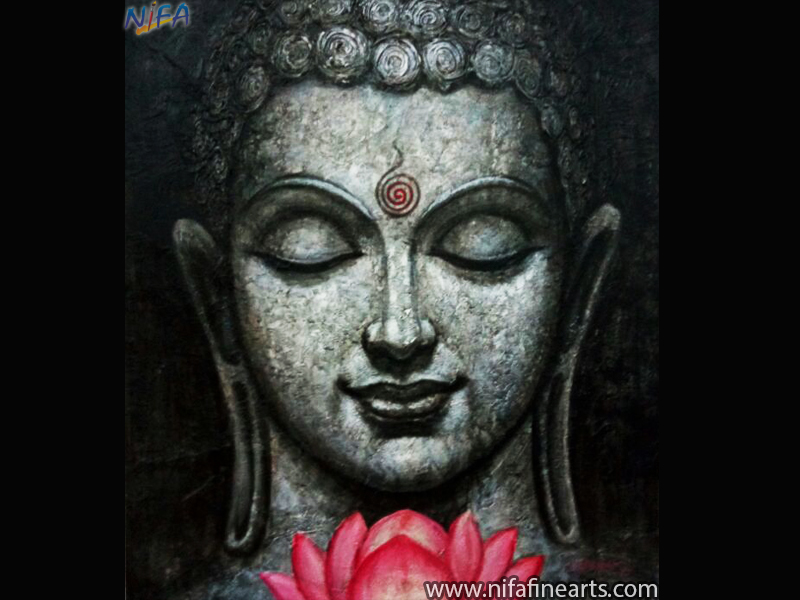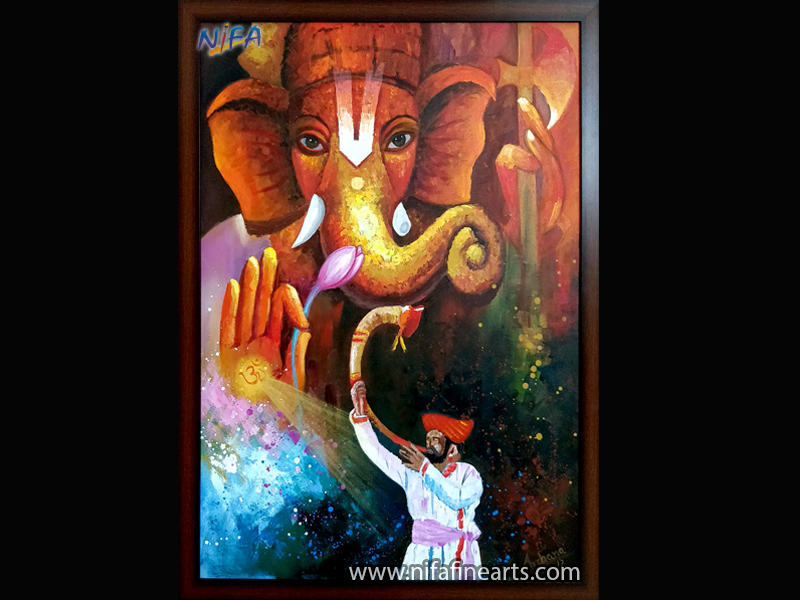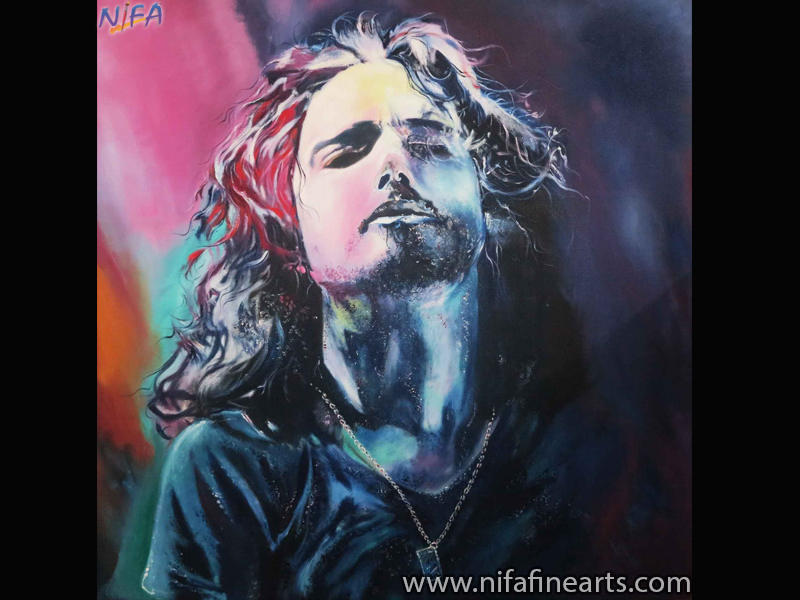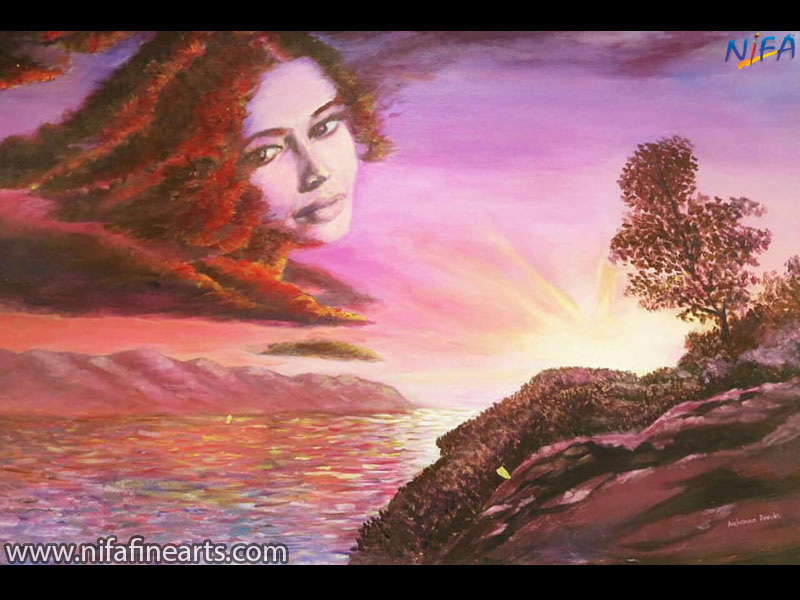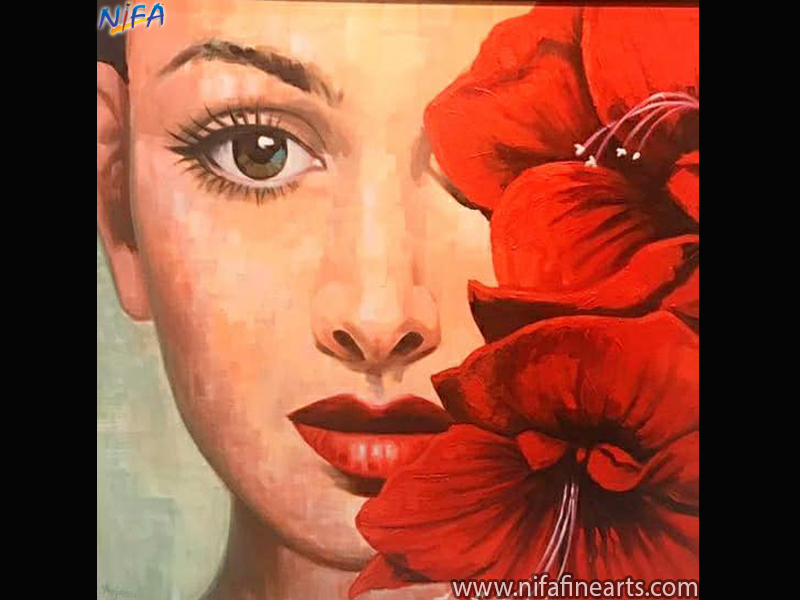|
Course Curriculum:
The objective of the course is to enhance and refine the skills of the Hidden Talents. Nurture them to understand the methodologies, materials and fast changing techniques.
All NIFA courses are now available worldwide through our Live and Interactive Online Classes. Please download the NIFA app from our online classes page to register for a complimentary trial class.
|
|
Drawing
a) Free hand Drawing
b) Objects and Nature study
c) Different Techniques:
- Proportion, Volume
- Visual Perspective
- Eye Level & Vanishing Point
- Horizontal and Vertical lines
- Bold and Rhythmic lines
- Relationship between lines
- Value and Texture
- Sketching from different angles
d) Indoor sketching.
e) Medium - Pencil, Charcoal, Dry Pastel.
STILL LIFE
- Introduction to various techniques.
- Study of foreground and background with drapery.
- Texture study with different materials like cloth, wood, glass, bronze, mirror, china clay, terracotta, etc.
- Selection and arrangement of objects.
- Eye level, source of light, tonal variation, composition.
- Drawing from different angles.
- Details about light & shades.
- Medium - Pencil, Pencil Colours.
FIGURE DRAWING
- Freehand drawing from human figure to study proportion.
- Stick drawing and Block drawing.
- Basic anatomy, Head study from different angles.
- Full figure study.
- Quick sketching and Finished sketching.
- Sketching practice of different parts of body.
LANDSCAPE
- Basic intoduction with theory.
- Selection of artistic view with picture frames.
- Detail study of variation in sunlight.
- Addition and elimination, simplification, eye level and Vanishing Point.
- Perspective, balance and rhythms in composition.
- Study of Cityscape and Seascape.
- Medium - Pencil, Charcoal, Crayon, Water Colours and Oil Colours(Any Two).
PORTRAIT
- Technical details, measurements.
- Detail study of skull, character and expression.
- Space dividation with geometrical sketch.
- Super realistic portraits through graphic techniques.
- Medium - Pencil, Charcoal, Dry Crayon, Water Colour and Oil Colours.
NATURE STUDY / FOLIAGE
- Basic intoduction with theory.
- Detail study of different trees, leaves, flowers.
- Medium - Pencil, Oil Pastel, Pencil Colour, Water Colour.
COMPOSITION
- Principal of design, distribution of space.
- Importance of line, tone, texture, colour, form, content.
- Negative and Positive Designing
- Design exercise in different media.
- Different figurative composition practice
- (f) Medium Medium - Pencil, Acrylic colour, Poster.
|



